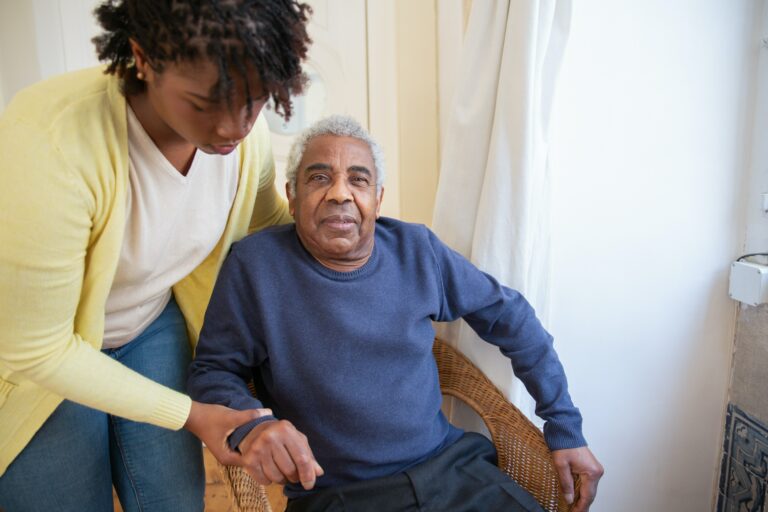
Preparing to Move a Loved One to an Assisted Living Facility
Moving a parent or elderly relative into an assisted living facility is a significant life change. While assisted living provides valuable support, many families face challenges when making this transition. Understanding how to prepare both logistically and emotionally can make the process smoother and ensure that the move is beneficial for everyone involved.
Assessing the Need for Assisted Living
Recognizing when a loved one needs assisted living can be difficult. Some seniors may struggle with daily tasks, such as meal preparation, medication management, or maintaining personal hygiene. Others may experience memory issues or social isolation, making it unsafe or unhealthy for them to continue living alone. While family caregivers often step in to help, the demands of full-time care can become overwhelming.
A professional evaluation from a doctor or geriatric care manager can provide insight into the level of care required. This assessment helps families determine whether assisted living is the best option or if alternative solutions, such as in-home care, may be more suitable.
Choosing the Right Facility
Finding the right assisted living community is critical to ensuring a loved one’s safety, happiness, and quality of life. Factors to consider include the level of medical care provided, the availability of social and recreational activities and the overall environment of the facility. Some communities also cater specifically to individuals with conditions such as Alzheimer’s or mobility issues.
Visiting multiple facilities, asking about staff-to-resident ratios and reviewing inspection reports can help families make an informed choice. If possible, involving the loved one in the selection process ensures that their preferences and comfort are considered.
Preparing for the Move
Once a facility has been chosen, preparing for the transition is crucial. Downsizing can be an emotional process, especially if a loved one is leaving a home they have lived in for many years. Deciding which personal belongings to bring requires striking a balance between practical needs and sentimental value. While space may be limited, familiar items such as photographs, favorite furniture, or cherished keepsakes can help ease the emotional impact of the move.
Handling financial and legal arrangements is another critical step. Reviewing contracts, understanding payment structures, and ensuring that the necessary estate planning documents—such as powers of attorney—are in place can prevent complications down the line. Families should also coordinate with the facility to arrange medical care, prescription transfers and any necessary accommodations.
Addressing Emotional Challenges
The emotional adjustment to assisted living can be just as necessary as the physical move. Many seniors fear losing their independence or worry about feeling lonely in a new environment. Open and honest conversations about why the move is happening can help ease these concerns. Reassuring a loved one that assisted living provides a safer and more supportive lifestyle can alleviate some of their anxiety.
Encouraging participation in community activities and social events can help new residents feel more at home. Regular visits and phone calls from family members also play a vital role in ensuring a smooth transition. If signs of depression or withdrawal appear, working with facility staff or a counselor can help address emotional barriers.
Work with an Elder Law Attorney to Help Make the Transition to Assisted Living
Preparing a loved one for the transition to assisted living can be a challenging process. However, it can lead to a positive outcome. If you’re preparing to move a loved one to assisted living and need guidance on how to best navigate the transition, contact our law firm today to create a plan that respects your loved one’s needs.
Key Takeaways
- Recognizing the right time for assisted living is crucial: Declining health, safety concerns, or caregiver burnout often signal that a move is necessary.
- Choosing the best facility requires thorough research: Evaluating medical care, social opportunities and staff quality helps ensure a good fit.
- Preparing for the move involves emotional and logistical planning: Downsizing, handling financial matters and bringing familiar belongings can help ease the transition.
- Emotional support is essential for a successful adjustment: Open discussions, family involvement and participation in activities help seniors feel comfortable in their new environment.
- Legal and financial preparation prevents complications: Reviewing contracts, arranging for medical care and ensuring that estate plans are in order safeguard the transition.
Reference: Elder Law Answers (March 6th, 2025) “Before You Move Your Parents to an Assisted Living Facility”









